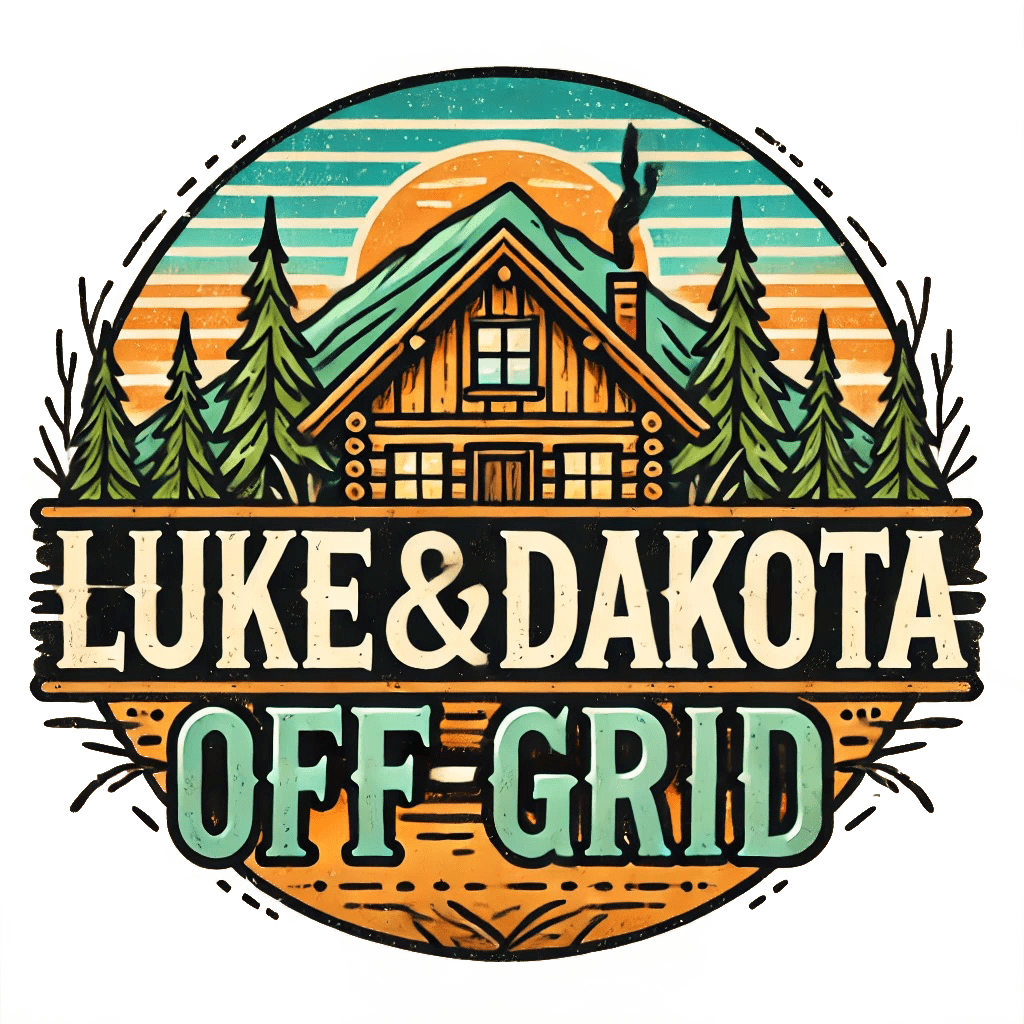Introduction
Growing your own livestock feed is a key step toward sustainability, cost savings, and self-reliance on your homestead. By cultivating the right crops, you can ensure your animals receive nutritious, high-quality feed while reducing dependency on commercial sources. In this guide, we’ll explore the top 10 crops to grow for feeding livestock, with tips on how to plant, harvest, and store them effectively.
Benefits of Growing Your Own Livestock Feed
Cost Savings
Producing your own feed can significantly reduce expenses associated with purchasing commercial feed, especially for larger herds or flocks.
Sustainability
Homegrown feed minimizes transportation emissions and packaging waste, making your homestead more environmentally friendly.
Nutritional Control
You have complete control over the quality and composition of your livestock’s diet, ensuring they receive healthy, chemical-free nutrition.
Resilience
By growing your own feed, you’re better prepared for supply chain disruptions or rising feed costs.
Soil Health
Many livestock feed crops, like clover and alfalfa, improve soil quality by fixing nitrogen or adding organic matter.
Factors to Consider When Choosing Crops
Climate and Growing Conditions
Select crops suited to your region’s temperature, rainfall, and soil type to ensure successful growth.
Nutritional Needs of Livestock
Match crops to the dietary requirements of your animals. For example, pigs require energy-dense feed like corn, while goats thrive on protein-rich plants like alfalfa.
Growth Cycle and Harvesting
Choose crops with growth cycles that align with your feeding schedule and allow for staggered harvesting.
Storage Requirements
Consider crops that can be easily stored as silage, hay, or grains to feed your livestock year-round.
Ease of Cultivation
Opt for crops that are easy to grow and maintain, especially if you’re working with limited time or resources.
Top 10 Crops to Grow for Feeding Livestock
1. Alfalfa
Best For: Cattle, goats, rabbits
- Nutritional Value: High in protein, calcium, and fiber.
- Growing Tips: Plant in well-drained soil with full sun. Avoid waterlogged areas.
- Harvesting: Cut before the plant flowers to maximize nutritional content.
2. Corn (Maize)
Best For: Pigs, chickens, cattle
- Nutritional Value: High energy content, ideal for fattening livestock.
- Growing Tips: Plant in warm soil after the last frost and water moderately.
- Harvesting: Harvest kernels for grain or the entire plant for silage.
3. Oats
Best For: Horses, cattle, goats
- Nutritional Value: High in carbohydrates and fiber; easily digestible.
- Growing Tips: Thrives in cool climates with well-drained soil.
- Harvesting: Cut when heads are fully developed but not overly dry.
4. Barley
Best For: Chickens, pigs, cattle
- Nutritional Value: Energy-rich; lower in protein but excellent when mixed with other feed.
- Growing Tips: Grows quickly in cooler weather and is drought-tolerant.
- Harvesting: Harvest when the crop is golden and dry.
5. Soybeans
Best For: Pigs, chickens, cattle
- Nutritional Value: High in protein and a great supplement to other feed.
- Growing Tips: Requires warm soil and full sun. Inoculate seeds with rhizobia for better growth.
- Harvesting: Pick beans once pods are fully developed and dry.
6. Turnips
Best For: Sheep, goats, cattle
- Nutritional Value: High-energy roots; greens are also nutritious.
- Growing Tips: Grows well in cool seasons and poor soil.
- Harvesting: Harvest roots and greens before the first frost.
7. Sunflowers
Best For: Chickens, pigs
- Nutritional Value: Seeds are rich in fat and protein; stalks can be used for silage.
- Growing Tips: Thrive in well-drained soil and full sun; drought-resistant.
- Harvesting: Harvest seeds when the flower heads droop and dry.
8. Peas
Best For: Chickens, pigs, cattle
- Nutritional Value: High in protein; excellent as a supplement to grains.
- Growing Tips: Plant in cool weather; trellis climbing varieties.
- Harvesting: Pick pods when mature or allow to dry for grain.
9. Rye
Best For: Sheep, goats, cattle
- Nutritional Value: High in fiber and moderate protein; great for grazing or silage.
- Growing Tips: Tolerates poor soils and cold weather; plant in fall for winter growth.
- Harvesting: Harvest early for forage or allow to mature for grain.
10. Clover
Best For: Cattle, sheep, goats, rabbits
- Nutritional Value: High in protein and calcium; fixes nitrogen in soil.
- Growing Tips: Grows in most soils; ideal for pasture grazing or hay production.
- Harvesting: Cut before flowering for maximum nutritional value.
Tips for Growing Livestock Feed Efficiently
Intercropping
Plant complementary crops together (e.g., corn and peas) to maximize land use and reduce pests.
Crop Rotation
Rotate crops each season to prevent soil depletion and control pests and diseases.
Mulching
Retain soil moisture and suppress weeds to improve crop yields.
Composting
Use animal manure to fertilize feed crops and improve soil health.
Storing and Preserving Livestock Feed
Silage
Ferment crops like corn and rye in airtight conditions to preserve nutrients.
Hay
Dry crops like alfalfa and clover for long-term storage.
Grain Storage
Store grains like corn and oats in sealed bins or containers to keep them safe from pests and moisture.
Root Cellars
Store root crops like turnips in cool, dark, and moist conditions to extend their shelf life.
Common Challenges and How to Overcome Them
- Pest Control: Use natural methods like companion planting or organic sprays.
- Weather Risks: Plan for droughts, floods, and frost with backup crops or irrigation systems.
- Soil Health: Regularly test and amend soil with compost or organic fertilizers.
Conclusion
Growing your own livestock feed is a rewarding practice that benefits your homestead’s sustainability, your animals’ health, and your budget. Start small by growing one or two crops that meet your animals’ nutritional needs, and expand as you gain confidence and experience.

